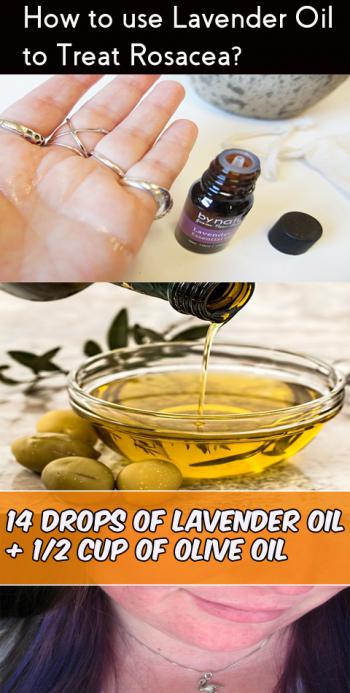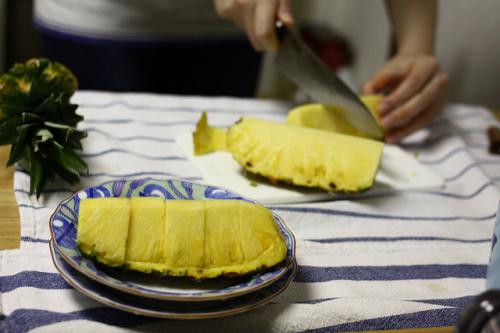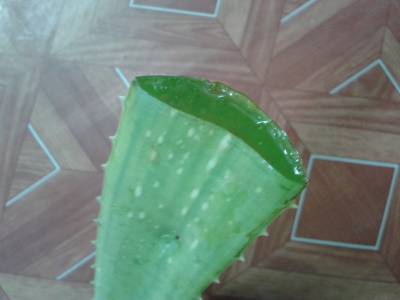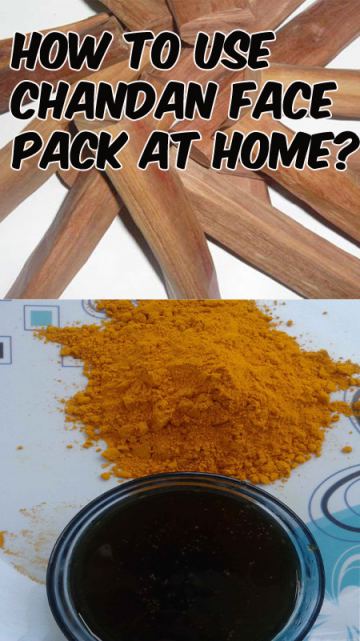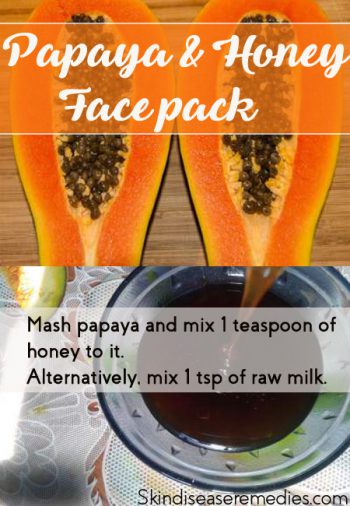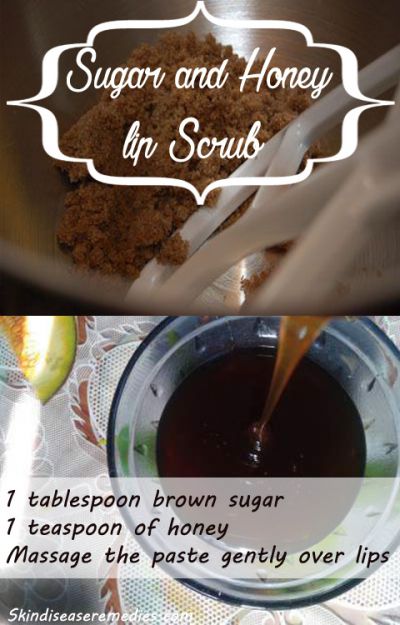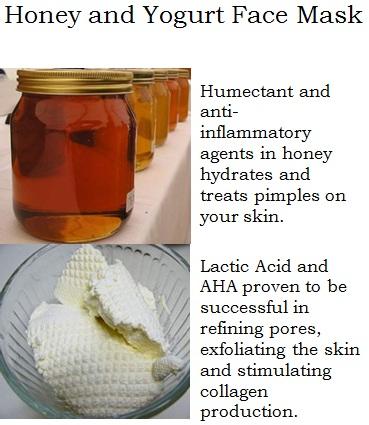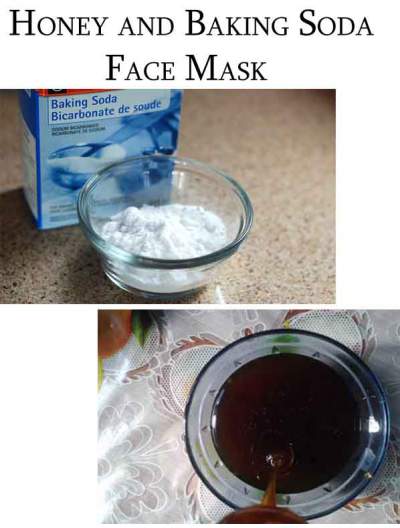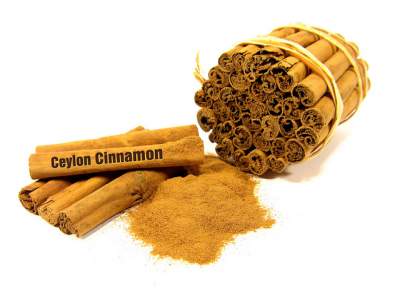
Blackheads are surrounded by many myths and facts, in this article you’ll read about benefits of cinnamon for blackheads.
With increasing modern culture, people are more concerned about their appearance than anything else. Blackheads are one of the common cosmetic issues, which can become serious with acne lesions.
Experts say that hormonal imbalance trigger excess production of sebum, which gets clogged at pores along with dead cells forming blackheads. Sebum carries a dark pigment (melanin) that oxidizes and turns black, resulting in blackheads. (1)
It is regarded as the first stage of acne. Repeated washing with soap will not wipe them out. Along with beauty creams, there are a bunch of home remedies that can effectively treat these open comedones.
Is Cinnamon Good for Blackheads?
- Cinnamaldehyd, a compound residing in cinnamon is responsible for most health and beauty benefits.
- Antioxidant activity of this ingredient helps to avoid oil from oxidizing and reduce the production of skin cell-damaging free radicals. (2)
- The anti-inflammatory property is housed in cinnamon powder, which is prominent for reducing acne inflammation and to reduce swelling. (3)
- Researchers state that inflammation is the initial trigger of acne formation; anti-inflammatory agents may reduce this irritant. (4)
- Topical application of it opens blocked skin pores and increase oxygen circulation.
- Internal consumption of cinnamon helps to regulate metabolism.
- The antimicrobial and antifungal activity of this natural ingredient can restrain infection causing bacteria. (5)
- Chronic skin ailments eczema, acne and other health ailments can be reduced.
Assorted nutrients in its oil help to reduce skin complexion, lighten the appearance of wrinkles, cleanse dead skin and make the skin supple.
How to Use Cinnamon for Blackheads?
Prominent for its medicinal activity, cinnamon powder is ranked #1 for its antioxidant activity. This renowned spice is used for culinary purposes due to its aroma, flavor and health benefits.
Internal consumption or topical application, both works great for you.
But, to reap its nutrients for your skin it’s recommended to apply it over the face directly.
Below mentioned are various recipes listed, pick the one that goes well with your skin.
#1 Cinnamon and Egg White
Egg white is packed with selenium that avoids acne blemishes. Lysozyme is an enzyme present in egg white, which exhibits astringent property and helps to shrink skin pores.
Proteins in egg white prevent excess production of sebum and avoid the formation of blackheads.
Vitamins in it promote cell regeneration and make you look younger.
- Separate egg white from its yolk and collect in a bowl.
- Whisk with a spoon and add 1 tablespoon of cinnamon powder to it.
- Wash your face with water and pat dry with a cloth.
- Now, apply the face mask and leave it to dry naturally.
- Rinse it off after 20 minutes with water.
#2 Honey and Cinnamon for Blackheads
Antioxidant, antibacterial and anti-inflammatory properties of raw honey prevent blackheads and reduce acne inflammation.
Cleansing ability help to remove impurities and dead cells piled over the skin. The natural antibiotic activity of honey shrinks skin pores and clear blackheads.
Humectant property locks moisture over the face and restrains infectious germs.
- Take 3 tablespoons of raw honey and mix it with 1 teaspoon of cinnamon powder.
- Mix thoroughly and apply it over prewashed face.
- Leave it for overnight and rinse it off in the morning.
- Apply moisturizer like rosewater after washing this face mask.
#3 Honey, Nutmeg, and Cinnamon
The exfoliating ability of nutmeg powder help to cleanse excess sebum and dead cells piled over the skin.
Nutrients in it help to revitalize skin and make it supple.
- Take ½ teaspoon of cinnamon powder and mix it with 1 tablespoon of nutmeg powder.
- Also, add a tablespoon of raw honey to make it a smooth
- Wash your face with water to cleanse; pat dry using a soft cloth.
- Now, apply the mask evenly in a circular motion and leave it to dry naturally.
#4 Cinnamon and Yogurt for Blackheads
This home available ingredient, yogurt is packed with antibacterial, anti-fungal and cleanse properties.
Assorted vitamins in it help to restore natural moisture to the skin and make it soft. It also lightens the appearance of age spots and reduces excess oil on the skin.
- Mix ½ teaspoon of cinnamon powder with 2 tablespoons of plain yogurt.
- After mixing thoroughly apply the mask over prewashed face and leave it to dry naturally.
- Rinse it off after 20 minutes with lukewarm water.
#5 Cinnamon, Nutmeg, Lemon Juice and Honey
Lemon juice is packed with alpha–hydroxy acid, which prevents acne blemishes.
Acidic property of this juice gently exfoliates your skin and removes excess oil from it. Vitamin C enhances collagen production and its antioxidant agents help to prevent oxidative stress.
Astringent agents in lemon shrink large skin pores and improve your skin texture.
- Mix ½ teaspoon of cinnamon with a ½ teaspoon of nutmeg and 1 teaspoon of raw honey.
- Now add few drops of lemon juice to it.
- You can increase the quantity depending on your usage.
- Mix well and apply it over affected skin.
- Wash it off after 20 minutes with lukewarm water.
Also read: Nutmeg benefits for health and skin
#6 Cinnamon, Gram flour, and Rose Water
Gram flour is prominent to remove impurities and treat acne blemishes. The exfoliating ability of this home available ingredient can cleanse your face and make it supple.
Rose water is renowned for its moisturizing properties. Antibacterial and anti-inflammatory property can effectively treat skin ailments. Here in this recipe, it helps to obtain a smooth paste.
- Mix ½ teaspoon of cinnamon and 1 teaspoon of gram flour in a bowl.
- Now add required amount of rose water to obtain a smooth
- Apply the mask over blackheads and leave it to dry naturally.
- After 15-20 minutes rinse it off with lukewarm water.
- You can also add rice flour with this face mask recipe.
#7 Cinnamon and Oats for Blackheads
Exfoliating ability of oats is well known, it helps to remove impurities, excess oil and dead skin cells piled over the skin.
Antioxidant agents, anti-inflammatory property and the moisturizing ability of oats combine to treat blackheads and make your skin supple.
- Mix the same amount of cinnamon powder and oats in a bowl.
- Add required amount of milk to obtain a paste.
- Now apply the mask over your face and leave it to dry naturally.
- Rinse it off with lukewarm water after 20 minutes.
Tips on Using Cinnamon for Blackheads
- People with sensitive skin must stay away from lemon juice.
- Patch test before applying these ingredients on the face.
- Use sunscreen lotion while going out.
- Foods that may trigger blackheads or acne must be avoided.
- Ingest foods that are rich in vitamin C, A, and B-complex to have healthy skin.
- Avoid chemical incorporated chemical creams.
- What worked for me may not work for you, so choose the remedy that suits your skin type.
If you’ve oily skin, then you can add few drops of lemon juice to above ingredients. But remember the excess use of lemon will make your skin sensitive. Stay home after using lemon juice or wear sunscreen or a wide hat to cover your face.
You can optionally add aspirin to above ingredients.
To make cinnamon & turmeric mask for blackheads just add a pinch of turmeric powder, as excess use of turmeric can leave yellow stains on the face. Anyhow the stain gets removed after 2-3 hours. Apply natural moisturizer after this face mask treatment.
You can add other natural ingredients to a cinnamon face mask for treating blackheads, but avoid allergic and irritating ingredients.

